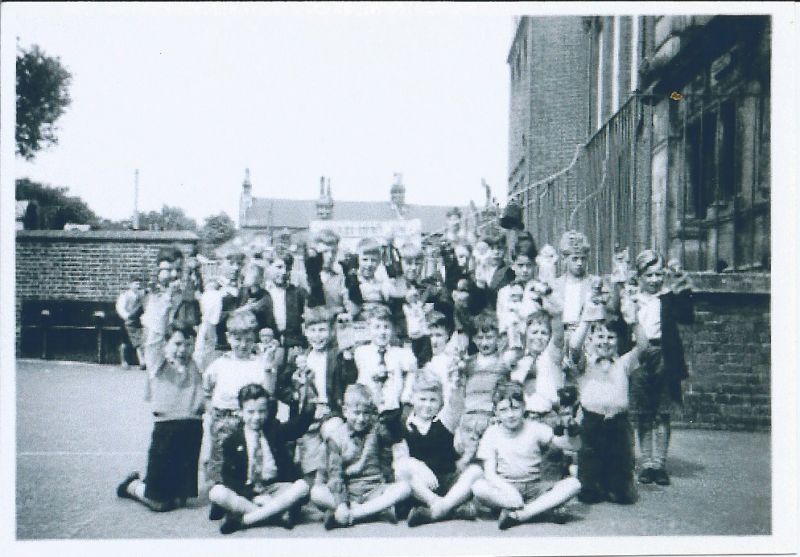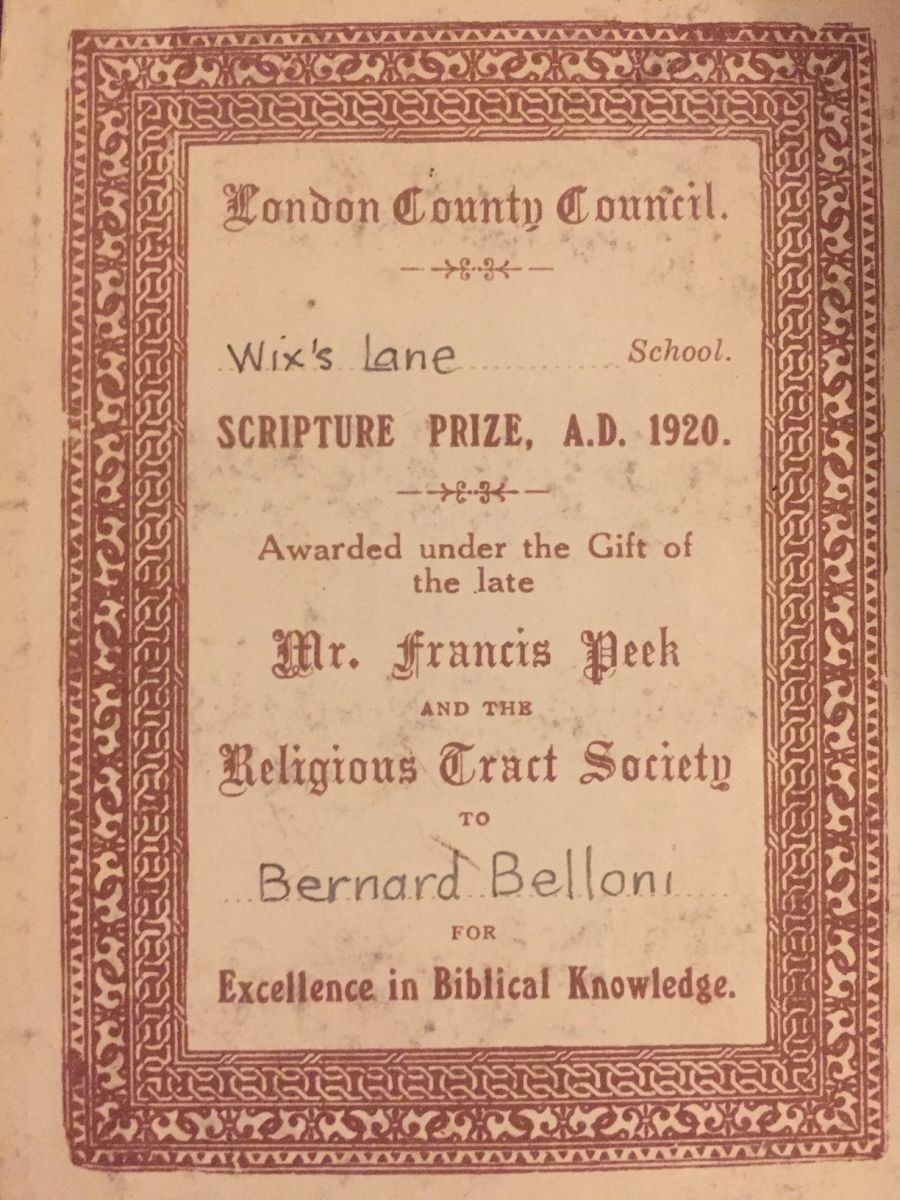Brief history of Battersea

The original village of Battersea existed as a Thames island settlement as far back as the Anglo Saxon times, when it was known as “Badrices ege” (Badric’s Island). As with many such settlements, it was reclaimed by draining marshland. The settlement also appears in the Domesday Book, by this time known as “Patricey”. The village of Wandsworth grew with the arrival in the 16th century of French Protestant craftsmen - Huguenots - fleeing religious persecution.
Until the 19th century much of the local area was farmland, providing food and produce mainly for the City of London. One of its particular specialisms was growing lavender on and around what was subsequently called Lavender Hill. However, with the arrival of the Industrial Revolution, proximity to the Thames meant that Battersea was well-placed to develop many industries which required the use of water in their processes, such as mills, breweries, dying, bleaching and calico printing.
The coming of the railways also radically altered Battersea. Between 1838 and 1860 six railway lines were built across the area, taking trains into and out of Waterloo and Victoria. An interchange station became necessary and was built in 1863 in the centre of Battersea, but named after the fashionable village more than a mile away: “Clapham Junction”. A campaign to rename the station more accurately “Battersea Junction” was started, but was unsuccessful, resulting in continued geographic confusion!
Battersea remained an industrial area until well into the 20th century, assisted by the building of Battersea Power Station between 1929 and 1939, but industrialisation brought with it the associated problems of population explosion, poor housing and pollution. For example, the population of Battersea grew from 3,300 in 1801 to 169,000 in 1910, and dwellings increased from 600 to 25,000 in the same period.
The immediate area around Wix reflected the diverse social character typical of many of Victorian London’s rapidly changing suburbs. This was particularly emphasized by the gentrified villas around Clapham Common, contrasted with the slum dwellings around the factories and wharfs, typically closer to the Thames. As a result, the area around Wix was often seen (as it still is) more as an off-shoot of the more fashionable, neighbouring Clapham, than a part of Battersea, where it actually is.
The name Wix became known in the area in the late 1700s. Charles Wix was a bricklayer who built houses on and around Clapham Common Northside at that time and Wix’s Lane is named after him. Indeed Charles Wix lived on the corner of what is now Wix’s Lane and Clapham Common Northside until he died in 1820. A memorial plaque in St. Mary’s Church Battersea names him as a benefactor of the parish.
Wix’s Lane marks the boundary of the old parishes of Battersea and Clapham, with the School site being on the Battersea side, as evidenced by the historic boundary posts that still stand interspersed along Wix’s Lane and then south across the Common. The lane most probably originated as no more than a footpath along a field. However, as villas started to spring up along Clapham Common North Side around the turn of the 19th century, they were built on dog-legged plots, so that householders could access what is now Wix’s Lane. Leases to these properties included rights of carriage along the lane and stables, coach houses and outbuildings were built along the lane, as well as cottages, inhabited by gardeners and coachmen who worked at the grander villas which faced out over the Common.
1860-1914 then marked a period of intense building development in Battersea and Wandsworth and apart from the large parks and commons which still exist in the area today, all other farmland and open land was built over with industrial buildings, railways and slum housing for workers. The area of south Battersea around Wix, remained largely more genteel, due to the residential terraced housing which was built between Lavender Hill and Clapham Common and remains today. Even the smaller cottage flats which still run along the Battersea side of Wix’s Lane and were built in and around 1905, were typically considered to be rented by the “respectable” working classes.



